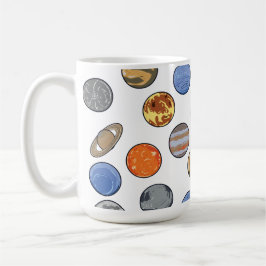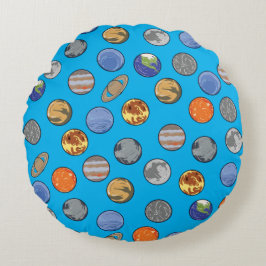Galaxy Solar System Planets
The galaxy we live in is filled with countless wonders, but none is quite as fascinating as the solar system planets that call it home. From the innermost planet, Mercury, to the outermost planet, Neptune, each planet has its own unique characteristics that make it stand out from the rest.
First up is Mercury, the smallest and innermost planet in our solar system. It's named after the Roman messenger to the gods, and for good reason - it's the fastest-moving planet, racing around the sun in just 88 Earth days. It's also the hottest planet, with temperatures reaching up to 800 degrees Fahrenheit on its day side.
Next is Venus, the second planet from the sun. It's often referred to as Earth's "sister planet" due to its similar size and composition, but that's where the similarities end. Venus has a thick, toxic atmosphere that traps heat, making it the hottest planet in our solar system with an average temperature of 864 degrees Fahrenheit.
Moving on to Earth, the third planet from the sun and the only known planet to support life. It's the perfect distance from the sun to maintain a habitable environment, with temperatures that allow for liquid water to exist on its surface. It's also home to a diverse range of life forms, from microscopic bacteria to majestic elephants.
Mars, the fourth planet from the sun, is often called the "Red Planet" due to its rusty appearance. It's a barren planet with a thin atmosphere that's unable to support life as we know it, but it has been a focus of exploration for scientists due to the possibility of it harboring microbial life.
Jupiter, the largest planet in our solar system, is fifth in line from the sun. It's a gas giant with a thick atmosphere that contains the famous Great Red Spot, a massive storm that's been raging for over 400 years. Jupiter also has the most moons in our solar system, with over 80 known satellites.
Saturn, the sixth planet from the sun, is known for its stunning rings made up of ice and dust particles. It's the second-largest planet in our solar system and has a unique hexagonal storm at its north pole.
Uranus, the seventh planet from the sun, is an ice giant that's tilted on its side, giving it a distinctive appearance. It's also the coldest planet in our solar system, with temperatures dropping to -370 degrees Fahrenheit.
Finally, Neptune, the eighth and outermost planet in our solar system. It's another ice giant that's home to the fastest winds in our solar system, reaching speeds of up to 1,200 miles per hour. It also has a mysterious dark spot that scientists are still trying to understand.
In conclusion, the solar system planets are a fascinating and diverse group of celestial bodies that continue to captivate our imaginations. From the scorching heat of Venus to the icy winds of Neptune, each planet has its own unique
4 resultaten
Ruimte Galaxy Zonnestelsel Koffiemok
Prijs€ 17,25
Ruimte Galaxy Zonnestelsel Rond Kussen
Prijs€ 46,40
Zonnestelsel Galaxy Planets Ontwerp Tote Bag
Prijs€ 26,95
Zonnestelsel Galaxy Planets Ontwerp Schort
Prijs€ 33,70
Andere leuke collecties van Gift Ideas Hub | Personalized Gifts
Recent bekeken items



